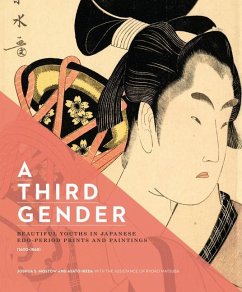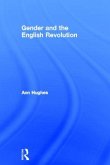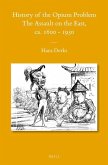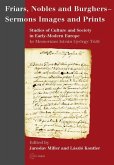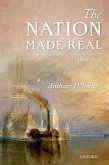Gender relations were complex in Edo-period Japan (1603-1868). Wakashu , male youths, were desired by men and women, constituting a "third gender" with their androgynous appearance and variable sexuality. For the first time outside Japan, A Third Gender examines the fascination with wakashu in Edo-period culture and their visual representation in art, demonstrating how they destabilize the conventionally held model of gender binarism.
The volume will reproduce, in colour, over a hundred works, mostly woodblock prints and illustrated books from the eighteenth and nineteenth centuries produced by a number of designers ranging from such well-known artists as Okumura Masanobu, Suzuki Harunobu, Kitagawa Utamaro and Utagawa Kunisada, to lesser known artists such as Shigemasa, Eishi and Eiri. A Third Gender is based on the collection of the Royal Ontario Museum, which houses the largest collection of Japanese art in Canada, including more than 2,500 woodblock prints.
The volume will reproduce, in colour, over a hundred works, mostly woodblock prints and illustrated books from the eighteenth and nineteenth centuries produced by a number of designers ranging from such well-known artists as Okumura Masanobu, Suzuki Harunobu, Kitagawa Utamaro and Utagawa Kunisada, to lesser known artists such as Shigemasa, Eishi and Eiri. A Third Gender is based on the collection of the Royal Ontario Museum, which houses the largest collection of Japanese art in Canada, including more than 2,500 woodblock prints.

